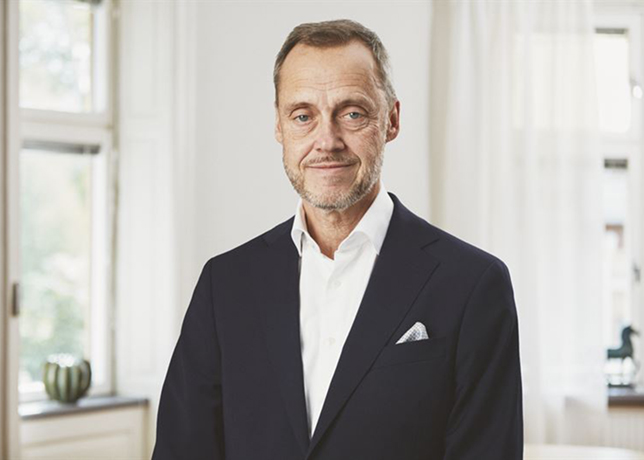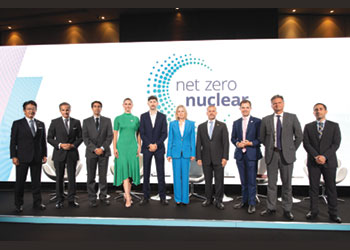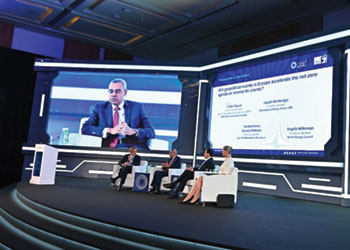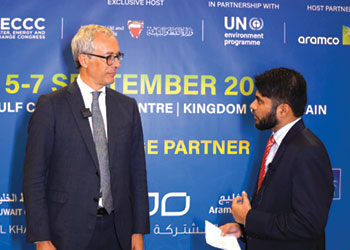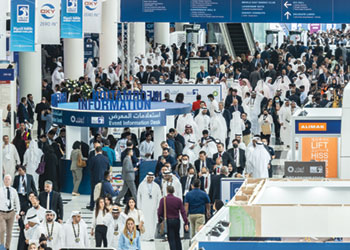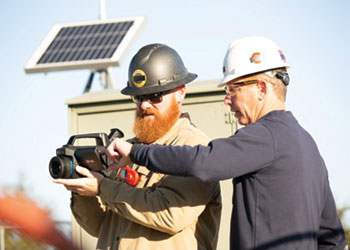
 There is great potential for Africa to grow its renewable capacity
There is great potential for Africa to grow its renewable capacity
With Asia, Europe, and the US contributing more than 90 per cent of the global renewables capacity, it is understandable why so many in the fight come from these regions, writes NJ Ayuk of the African Energy Chamber
There's no question that renewables will have a future in our energy systems in Africa. It’s an exciting prospect to consider homes powered completely by the sun and clean-burning cars with zero emissions.
But for many areas of Africa, these green technologies feel more like flying cars and jet packs. In other words: They won't be within our grasp for a long, long time.
When it comes to relying on renewables, much of the continent is just not there yet… not even close.
In fact, 43 per cent of our total population still lacks reliable access to electricity of any kind. That’s more than 600 million people!
That's why the African Energy Chamber (AEC) advocates for ongoing oil and gas production in our continent.
Yes, renewables can be used to help deliver more energy, but they can't do it alone.
While Africa continues to face pressure from Western countries and environmental activists who want our continent to transition from fossil fuels to renewables right away, those calls are not based on reality.
The AEC recently released ‘The State of African Energy 2Q 2023’ report, which forecasts Africa’s renewables capacity (solar, wind, and hydrogen electrolyser solutions).
And for those eager to see Africa make an immediate switch from fossil fuels to renewables, the current prognosis may be a bit disheartening.
Compared to the ever-growing capacities from Asia, Europe, and North America, Africa’s green tech production continues to remain miniscule.
ASIA, EUROPE, US DRIVE CAPACITY
Capacity growth in Asia, Europe, and the US is, not surprisingly, propelling most of the growth in sustainable energy worldwide.
Together, these three regions currently contribute more than 90 per cent of the global capacity: Asia, 755 gigawatts (GW); Europe, 330 GW; and the US, 260 GW.
These statistics make it understandable why so many of "the powers that be" in the fight for austere net-zero policies come from these regions.
When you’re able to produce such high volumes of renewables, and your infrastructure is able to convert these renewables into energy for most of your population, it makes sense that you’d support immediate net-zero ideals.
But Africa is on a completely different track.
VERY LITTLE IMPACT
As our report shows, the current total announced capacity of renewables in Africa is around 385 GW.
But the majority of the continent’s total announced renewables capacity is still in concept phase. Less than 6 per cent is currently in operation: The actual current capacity for 2023 is estimated to be about 21.5 GW.
The report does expect to see growth in Africa’s renewables space, to 260 GW by 2035. By the numbers, this may seem like impressive growth. But it only represents 7 per cent of global capacities. As a comparison, consider that today’s global renewables capacity stands at roughly 1,500 GW. By 2035, this figure is anticipated to reach 3,935 GW.
Let’s dive a little deeper: The 2023 global capacity for solar power is estimated to reach 575 GW, but Africa is only expected to contribute 9.75 GW of the total.
Globally, solar capacity is expected to increase to 1,320 GW by 2030 and to more than 1,570 GW by 2035. And Africa’s solar PV capacities are only expected to increase marginally, to 18.2 GW, over the next two years.
When it comes to wind power, current global capacity is about 910 GW, and Africa is only expected to contribute 8.75 GW to this amount.
We see global wind capacity growing to 1,610 GW by 2030 and to over 1,945 GW by 2035. Meanwhile, Africa’s onshore wind capacity is only expected to increase to 14.5 GW by 2025.
The only real bright spot is hydrogen, where high levels of activity continue to boost capacity. Unfortunately, these high levels of activity are concentrated in just a few countries.
As you can see, Africa has a lot of work to do.
REACHING OUR POTENTIAL
However, here is where we are optimistic. The gap between African renewable capacity and global capacity means that there is great potential for us to gain ground. But we must be allowed to develop our green energy sector at a pace that makes sense for us.
Africa's low-capacity volumes are both cause and effect of infrastructure — or the lack thereof.
If Africa is ever to build up sustainable energy into a viable option for everyone on the continent, high investments are required.
Despite an increase in operators and investors entering Africa’s clean energy and energy transition space, very little is currently contributing to Africa’s energy needs.
So while AEC strongly encourages the development of renewables to power, we remind the rest of the developed world that green tech is not a one-size-fits-all proposition.
While some areas of the world have the means to launch renewable-only energy, many others do not. Developing regions must not be bullied into ascribing to net-zero methods that, at present, do not work for them.
We’re certainly not saying that renewables have no place in Africa. On the contrary: We see many promising projects on the horizon, from the AMAN green hydrogen project in Mauritania to the 10-GW renewable energy and green hydrogen hub being developed in the Republic of Djibouti in East Africa.
What we’re saying is that we must temper the enthusiasm for renewables-only policies.
For the sake of its people, Africa must be allowed to develop sustainable energy at a pace that doesn’t further impede standards of living — in tandem with oil and gas.
We definitely see an expansion of renewables in our future — but a focus on the present is the only way to get there.




























